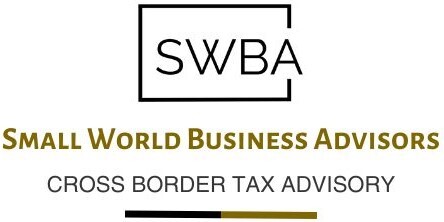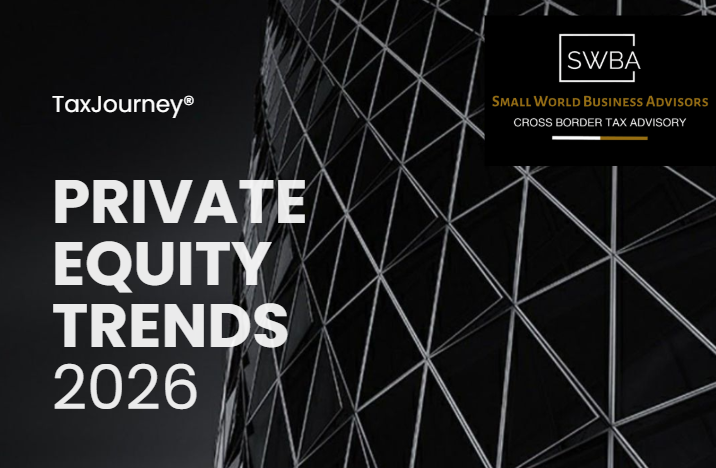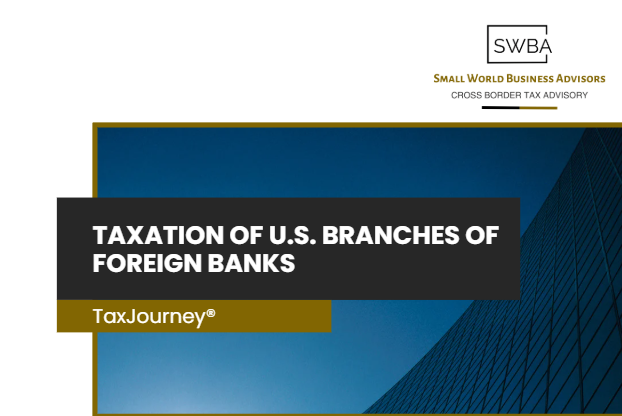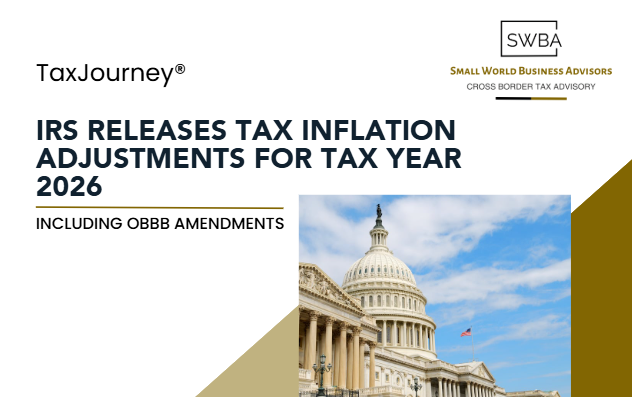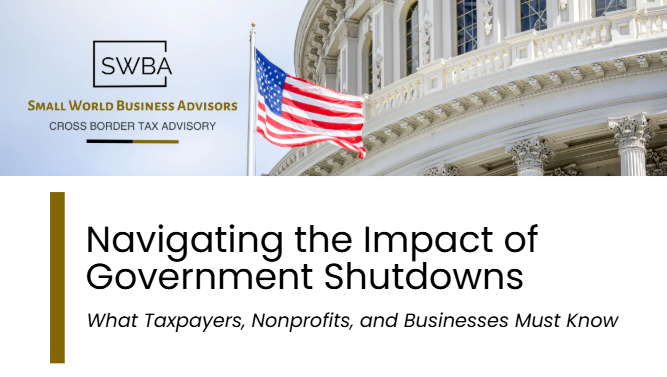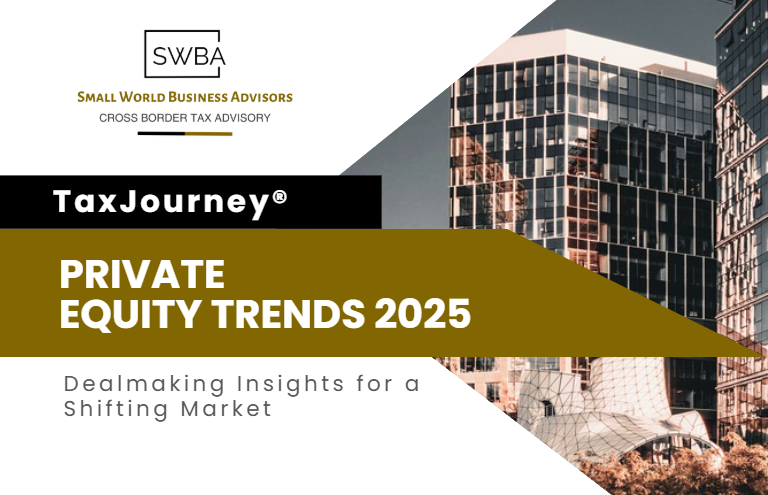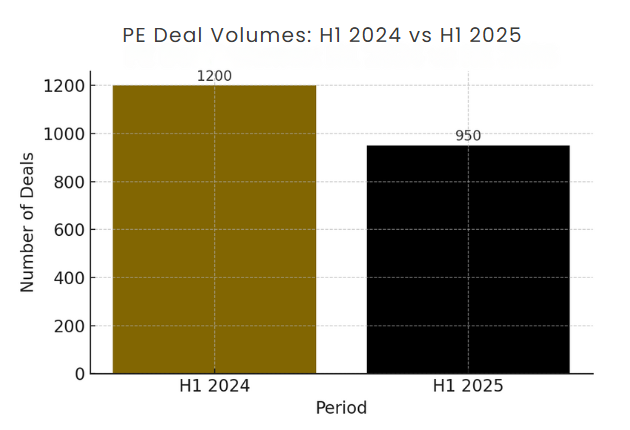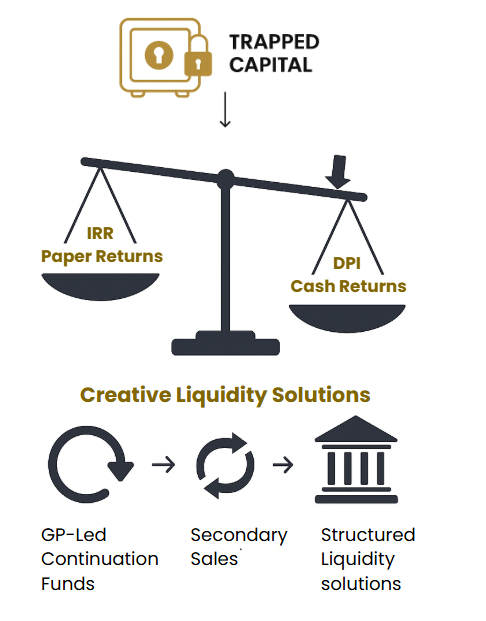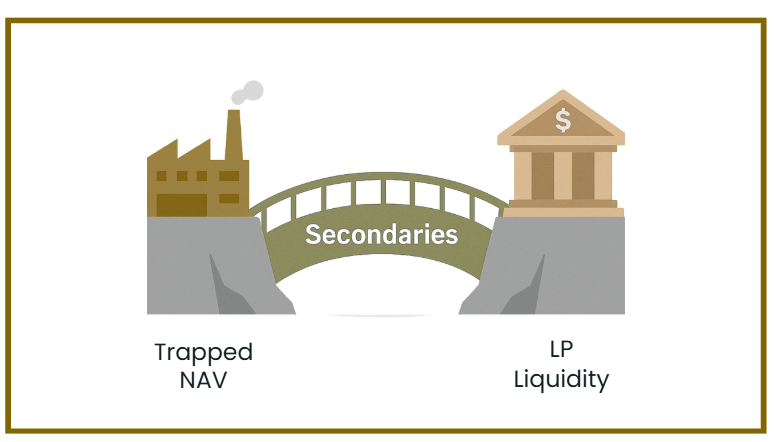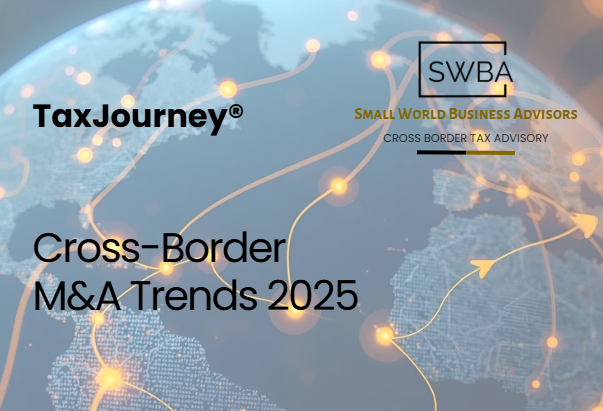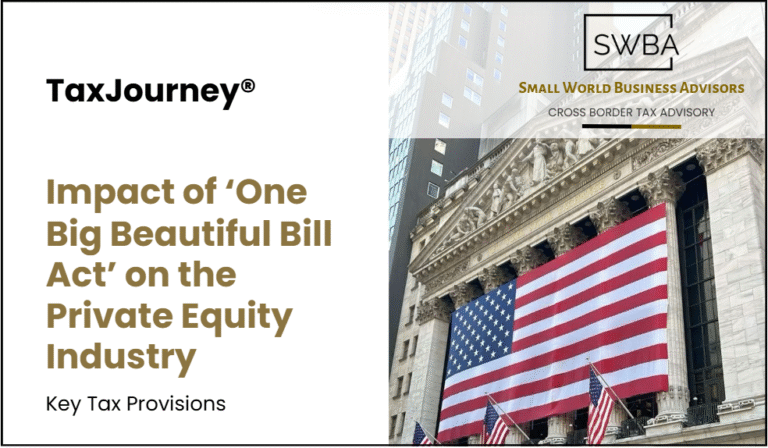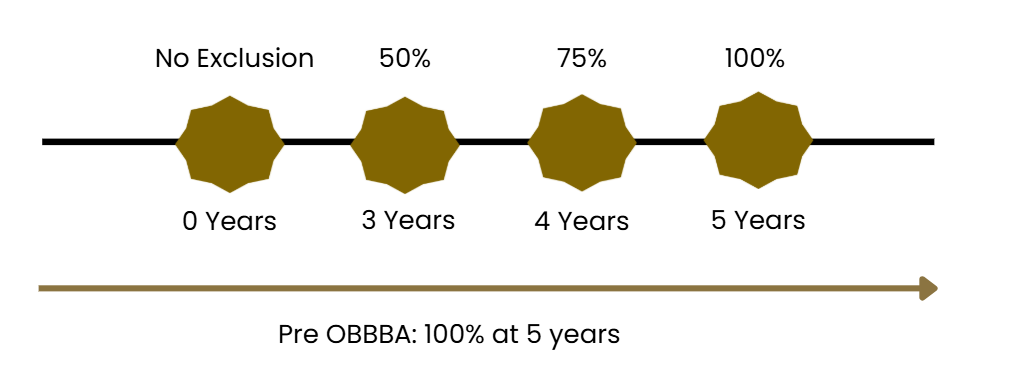Heading into 2026, private equity is regaining momentum, supported by a steadier operating environment. Following a prolonged period marked by macroeconomic uncertainty and structural transformation, the industry has come through more robust, more adaptable, and well‑placed to deliver durable long‑term results. PE has re‑established its footing by opening up new opportunities through advances in technology, the adoption of updated operating models, broader investor access to the asset class, and the continued evolution of its overall trajectory. The trends now shaping the sector suggest that PE has moved past a reactive stance and is actively steering its own direction.
Private Credit’s Expanding Spectrum: High‑Yield, Investment‑Grade, and Emerging Segments
Private credit’s role within private equity is rapidly solidifying, supported by a U.S. market that has doubled since 2019 to almost $1.3 trillion and backed by more than $400 billion in undeployed capital. Though recent bankruptcies highlight the importance of underwriting discipline, leveraged‑loan markets remain quiet. With private credit extending into new structures, the $40 trillion investment‑grade segment offers a compelling expansion path.
Banks and private lenders are increasingly operating in overlapping territory, with banks channelling more capital into private credit vehicles. This reflects a wider recalibration in the market: borrowers now favour rapid execution, deal certainty, and tailored terms over legacy financing models. In this environment, private credit delivers adaptable, demand‑responsive solutions and substantial expansion opportunities for PE firms.
How Technology Is Reshaping the Private Equity Lifecycle
Technology integration is reshaping private equity, as firms embed digital tools across the investment process to address rising demands from investors and stakeholders. Fundraising momentum is consolidating among the largest firms, with limited partners prioritizing scale, operational sophistication, and platform capabilities. Mid‑market firms are differentiating through sector focus, agility, and specialized expertise. Regardless of size, long‑term success hinges on strategic clarity, disciplined delivery, and the ability to generate value, enabled by data, technology, and artificial intelligence.
AI is no longer confined to discrete functions. Leading firms are rethinking its application across the entire investment journey, from sourcing opportunities to final exit. This marks a broader transition: technology is evolving from an efficiency play into a strategic catalyst for differentiated value creation. To harness this, firms are channeling resources into proprietary platforms, predictive analytics, and digital infrastructure, unlocking fresh performance levers.
They are also expanding their teams with data scientists and AI specialists. According to a recent survey, more than half of PE firms expect to hire additional digital transformation professionals in the coming years, and roughly 51% plan to bring on more data scientists and AI experts than in previous periods.
Limited Partners Landscape Shift: Rising Influence of Retail, Retirement, and Sovereign Funds
The LP landscape is shifting rapidly as a more diverse set of investors comes into view. Growth in semiliquid structures is widening access to private market strategies. In parallel, regulators and industry bodies are placing greater scrutiny on disclosure standards, investor understanding, and protective measures.
The U.S. Department of Labor’s 2025 rescission has also opened the door for potential 401(k) access to private markets. According to the third‑quarter survey, 90% of general partners are at least “somewhat interested” in developing defined contribution products, and 24% are already working on them. Large plans are likely to pilot private‑market sleeves in target date funds, starting with private credit and tightly limited for liquidity. Record‑keepers and fiduciaries will require stronger valuation and operational disclosures, driving changes in fund design and governance.
Sovereign wealth funds (“SWF”) have increased their role and activity in private equity. In the largest buyout of 2025, SWF capital played a key role; their activity within the U.S. will continue to grow. They are now active partners and provide support for their portfolio projects in terms of strategic co-investing, as well as providing input regarding how to structure their investments to maximize the opportunity for future value creation regarding their portfolios.
Exits: IPOs Strengthen, Continuation Funds Stay Core
While there have been numerous disruptions over the last few years, the exit environment appears to be stabilising. Private equity sponsored IPO volumes reached their highest level in two plus years during Q3 of 2025, with a year-over-year increase in proceeds of 68% compared to the same time period in 2021. Bid-ask spreads have tightened, and the Federal Reserve’s announcements of two interest rate cuts projected for 2025 has provided more certainty to modelling assumptions.
Exits remain inconsistent, marked by extended holding periods and persistent valuation gaps. To manage aging portfolios, firms are increasingly relying on continuation funds and sponsor‑to‑sponsor transactions. In this landscape, strategic agility is essential. Firms must balance IPO visibility with the relative certainty of M&A and the liquidity offered by secondary markets. Continuation vehicles, innovative structures, and dual‑track processes will continue to be critical tools in 2026.
Sector Outlook: Technology, Industrial Markets, and Insurance
The resilience of the tech sector continues to stand out. With limited vulnerability to tariff swings, a rapidly escalating AI race, and a more favourable rate environment, investors remain committed to SaaS, cloud, and AI‑native platforms. The TMT sector dominates global IPO pipelines, particularly in the US. At the same time, private equity firms are gravitating toward mature, profitable tech companies that offer strong visibility after listing, signalling a clear shift from volume to quality.
Momentum is building in industrials and energy, underpinned by stable demand, domestic resilience, and the broader rise of AI. These historically traditional sectors have become foundational to digital infrastructure planning. Data centres illustrate this shift, as PE investors prioritise grid connectivity, on‑site power solutions, and long‑duration storage to support AI‑related growth. As a result, power procurement is becoming a central lever for value creation.
For credit‑focused firms, insurance is becoming a powerful strategic lever. The largest managers have already embedded insurance capabilities to help manage duration and deliver steadier returns. Others are moving in the same direction, using insurance platforms to diversify funding and build greater resilience. There is also growing momentum behind insurance‑linked vehicles as a way to reinforce credit strategies, particularly when interest‑rate conditions are more volatile.
Future Scope
These patterns highlight a sector intentionally shaping its next chapter amid increasing complexity. As technological progress and deeper specialization continue, the advantage will belong to firms that adapt quickly and innovate boldly.
The information contained in this post is merely for informative purposes and does not constitute tax advice. For more information, feel free to reach us at [email protected]
Copyright 2025 Small World Business Advisors LLC www.swbadvisors.com
